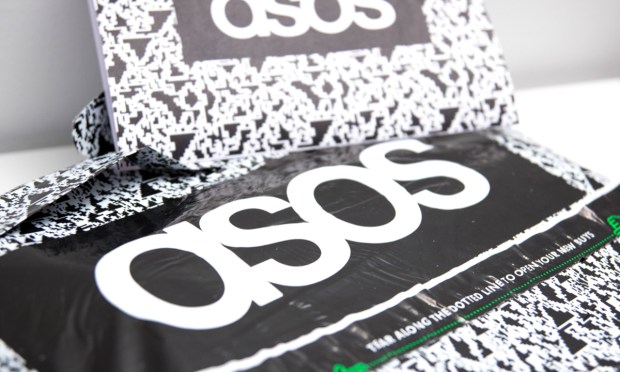ASOS Sales Forecast: Summer Showers Dampen Revenue

Weather can exert an influence on consumer purchasing choices, a phenomenon vividly illustrated by the advisory released by the online fashion giant ASOS in relation to its recent financial performance.
ASOS saw a 16% decline in U.K. sales during the last quarter, primarily due to the wet weather in July and August. The company stated that the adverse weather worsened challenges in an already deteriorating U.K. clothing market, resulting in a 13% overall year-over-year drop in comparable U.K. sales for the period ending Sept. 3.
Blaming the weather has more credibility than one might initially think.
Weather significantly shapes consumer choices, influencing what people buy. In ASOS’s instance, unexpected rainy days during July and August diminished the demand for summer-related attire.
Additionally, weather can sway consumer sentiment; prolonged rainy spells can curtail enthusiasm for outdoor activities and gatherings, leading to a reduced need for new clothing, with consumers prioritizing purchases associated with indoor or rainy-day activities instead.
Adverse weather can also disrupt supply chains, affecting product availability, which in ASOS’s case, contributed to earnings decline due to sourcing and delivery challenges. Such disruptions can lead to delays and dissatisfied customers.
Weather can also compound challenges in declining markets, exemplified by ASOS’s experience, underscoring the need for companies to adapt strategies and product offerings to stay competitive and meet evolving consumer demands.
Proficiently managing seasonal inventory becomes imperative for retailers, as abrupt weather changes such as extended summer rainfall can lead to surplus inventory unsuitable for the weather, leading to decreased sales and ultimately affecting their financial performance. By using weather forecasts and historical data, companies can acquire insights to address shifts in consumer demand. This enables them to adapt their marketing campaigns, promotions, and inventory management tactics accordingly.
Weather Impact on ASOS
In the last quarter, total group comparable sales fell 15%, with a yearlong decrease of 11%. ASOS cautioned that its full-year underlying earnings were likely to align with the lower end of its £40 million to £60 million guidance.
Additionally, the company reported a £60 million impact on cash flow due to the weaker trading in July and August. The company stated that the cash flow impact would reverse during September and October.
Despite the setback from summer sales, the company anticipates returning to profitability in the fourth quarter. The resurgence is credited to effective turnaround initiatives, which have generated around £300 million in profit enhancement and cost reductions, aligning precisely with predetermined objectives.
The CEO of ASOS, Jose Antonio Ramos Calamonte, said that after following his comprehensive overhaul plan this past year, the clothing retailer has become a more streamlined and resilient business.
“We have reduced our stock balance by around 30%, significantly improved the core profitability of the business and generated cash against a very challenging market backdrop,” Ramos Calamonte said.
Read more: ASOS and Hirestreet Team to Offer ‘Wear-it-Once’ Rentals
In the third quarter, ASOS returned to profitability and credited its success to effective recovery strategies. Nonetheless, the company encountered sales challenges as a result of decreased consumer spending. This decline in customer demand was influenced by increasing household expenses, while the past year saw disruptions in the supply chain and mounting cost pressures.
Furthermore, ASOS observed a decline in its customer roster during the ongoing overhaul, with a year-over-year decrease of around 9%, amounting to 23.3 million — marking a reduction of roughly 3% compared to the third quarter.

